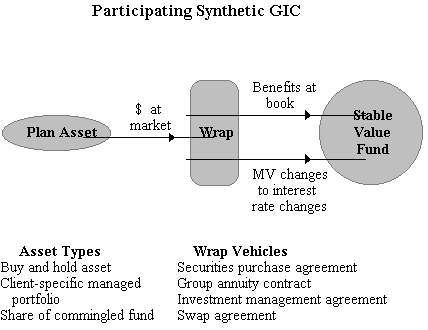That s A (Mutual Fund) Wrap!
Post on: 18 Июль, 2015 No Comment

The mutual fund industry is enormous, and constantly growing. With so many funds to choose from, selecting one can be a real challenge. Building and monitoring a diversified portfolio can be an overwhelming burden. To ease this burden, the industry has created the mutual fund advisory program, also known as the mutual fund wrap.
How it Works
The mutual fund advisory program comes in two versions: discretionary and non-discretionary.
Discretionary
A discretionary mutual fund advisory program provides a variety of portfolios that incorporate multiple mutual funds into pre-selected asset allocation models. One model may offer an asset allocation of 80% equity and 20% fixed income. while another may offer 80% fixed income and 20% equity. Many of the portfolios divide the equity and fixed-income portions among multiple mutual funds, each fund representing a specific discipline. (See if the hedge-like mutual fund is right for you; read Getting To Know Hedge-Like Mutual Funds .)
Investors work with a professional financial advisor to map out their personal financial goals. Based on those goals, the advisor reviews the offerings in the mutual fund advisory program and selects the asset allocation model that matches the investor’s goals. For example, a conservative investor interested in income generation would be guided to select a portfolio that allocates the majority of its assets to fixed-income investments. An aggressive investor primarily interested in capital appreciation would be guided to select a portfolio that allocates the majority of its assets to equity investments.
The structure of a discretionary mutual fund advisory program is similar to the structure of a multi-discipline account. Like a multi-discipline account, a mutual fund advisory program offers a diversified portfolio, professional advice and guidance, ongoing due diligence of the investments in the portfolio and automatic rebalancing of the portfolio to maintain the desired asset allocation. The discretionary mutual fund advisory program delegates authority to the program sponsor (often the financial advisor’s employer or a subsidiary of the advisor’s employer) to make changes to the asset allocation model and to add or remove mutual funds from the portfolio without approval from the investor.
Non-Discretionary
In the non-discretionary program, the investor and the financial advisor review a list of mutual funds that have been pre-screened and selected for inclusion in the program, and choose funds from that list to create a customized asset allocation model. The investor is responsible for providing approval of the rebalancing of the portfolio and for the decision to replace any of the mutual funds.
What They Offer
Both the discretionary and non-discretionary programs are considered to be entry-level managed-money products because they offer professional advice and guidance, no commissions for trading and a single fee based on assets under management. Mutual fund advisory programs offer significantly lower minimum investment requirements than other managed-money products. Some mutual fund advisory programs are available at investment minimums as low as $25,000, compared to $100,000 or more for other managed-money offerings. Both discretionary and non-discretionary mutual fund advisory programs provide consolidated performance reporting, making it easy for investors to review results at the portfolio level.
While mutual fund advisory programs offer many of the same benefits provided by their more expensive managed-money cousins, there is also an important difference. Assets in a mutual fund advisory program are not separate and distinct from the accounts of other investors. Mutual funds, as the name implies, are mutual investments. The basic premise of a mutual fund involves a group of investors who pool their assets so that they can afford the services of a professional money manager. The money manager then makes portfolio management decisions on behalf of the collected pool of investors.














